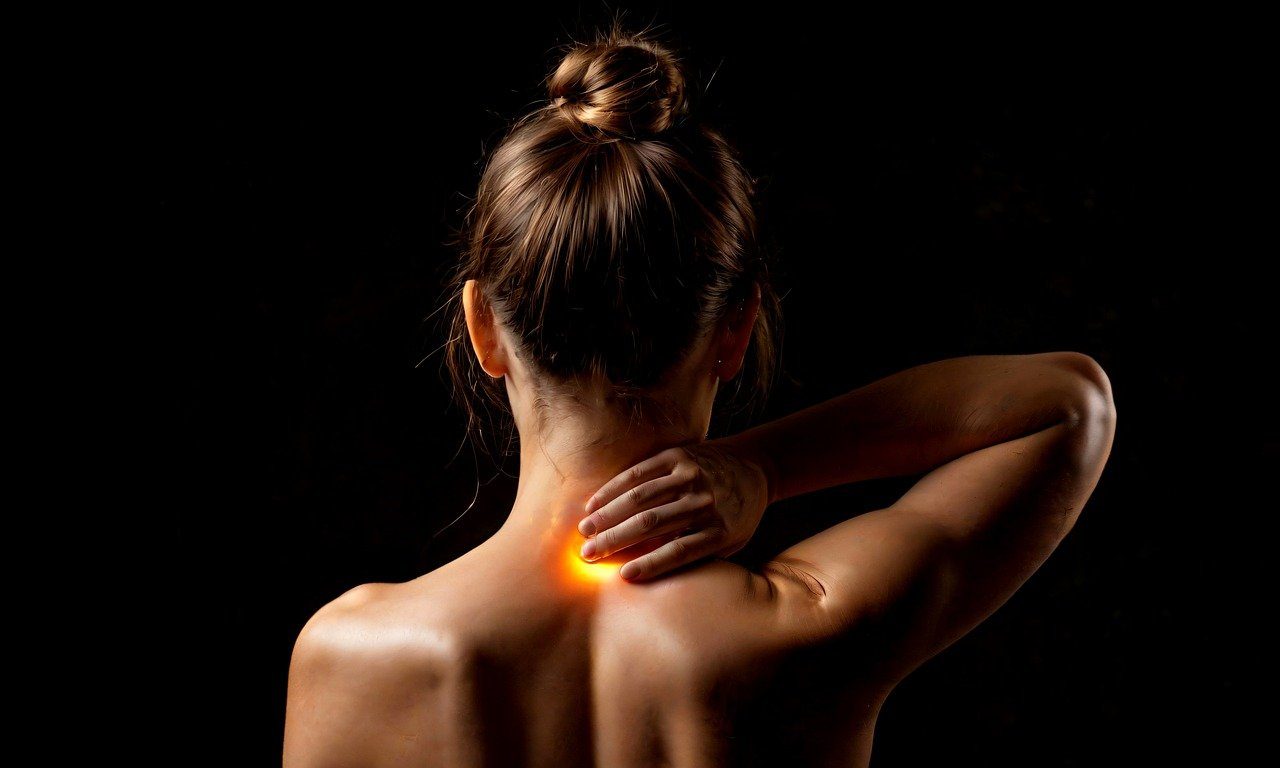In 2016, a study led by W. Steven Tucker and Stephen W. Slone has highlighted the potential benefits of combining proprioceptive neuromuscular facilitation (PNF) stretching with vibration therapy to improve shoulder mobility in athletes suffering from Glenohumeral Internal-Rotation Deficit (GIRD). This condition, commonly affecting overhead athletes, can lead to a reduced range of motion in the shoulder, limiting performance and increasing the risk of injury.
GIRD is a common issue among athletes who engage in repetitive overhead movements, such as baseball players and swimmers. Stretching techniques like PNF and static stretching (SS) are frequently used to prevent or manage this condition, but which method is most effective remains unclear.
The researchers conducted a controlled laboratory experiment involving 11 male athletes (ages 19.8 ± 1.4 years) with GIRD. Participants were randomly assigned to one of three stretching protocols: PNF alone, PNF combined with whole-body vibration therapy (PNF-V), or traditional static stretching. Each athlete participated in all three stretching protocols during separate sessions.
In the PNF-V intervention, a whole-body vibration unit was set at 30 Hz to investigate whether vibration therapy could enhance the effectiveness of the stretch. Pretest and posttest measurements of maximum passive internal rotation were taken using a digital protractor to quantify any changes in shoulder mobility.
The study revealed significant improvements in shoulder mobility across all three stretching methods. However, the combination of PNF and vibration therapy led to the greatest gains in internal rotation.
- PNF alone increased internal rotation from 60.0° to 73.0°.
- PNF with vibration therapy showed a more substantial improvement, increasing rotation from 57.4° to 74.7°.
- Static stretching also showed positive effects, with an increase from 60.1° to 67.0°.
Importantly, post-test results demonstrated that the PNF-V method resulted in significantly greater improvements compared to static stretching.
The findings suggest that combining PNF stretching with vibration therapy provides the most effective treatment for athletes with GIRD, offering greater improvements in shoulder mobility than either PNF alone or static stretching. These results have promising implications for clinicians and athletes, as the enhanced range of motion could help prevent injuries and improve athletic performance.
Reference: Tucker, W. S., & Slone, S. W. (2016). The acute effects of hold–relax proprioceptive neuromuscular facilitation with vibration therapy on glenohumeral internal-rotation deficit. Journal of sport rehabilitation, 25(3), 248-254.
